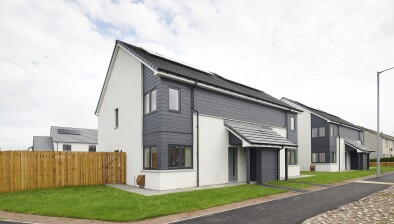Highlands rapid rehousing plan outlined
 Highland councillors have approved a new rapid rehousing plan which aims to tackle homelessness in the region.
Highland councillors have approved a new rapid rehousing plan which aims to tackle homelessness in the region.
The first draft ‘Highland Rapid Rehousing Transition Plan’ for 2019 – 2024, which will be submitted to the Scottish Government by the end of this year, provides an analysis of homelessness in the region and the capacity to deliver rapid rehousing within the current patterns of housing need and demand.
Councillors have also agreed to use Scottish Government funding made available to the council to appoint a temporary post in 2019 to lead on implementing the plan.
‘Rapid Rehousing’ is described as: “a settled, mainstream housing outcome as quickly as possible; time spent in any form of temporary accommodation reduced to a minimum- with fewer transitions; and when temporary accommodation is needed, the optimum type is mainstream, furnished and within a community”.
Local authorities have been asked by Scottish Government to set what actions in their plans they need to take to deliver rapid rehousing and the resources required to do so.
Cllr John Finlayson, vice chair of the care, learning and housing committee, welcomed the moves forward and said: “The reasons for homelessness can be both common and complex, but the council is committed to tackling this with our Housing partners and the third sector.
“One of the challenges that we have in Highland in producing and delivering this plan is that as local authorities across Scotland prepare their own strategies for submission to the Scottish Government, a one-size-fits-all-approach does not fit well with Highland.
“General assumptions that homelessness pressures in one location can be diverted to another area where there are less pressures within a local authority area do not fit well in our region because of our geography and in many cases the need for access to specialist services. So while homelessness exists across the region the pressures are highest in Inverness due to demand for both homes and services to meet individuals’ needs.”









